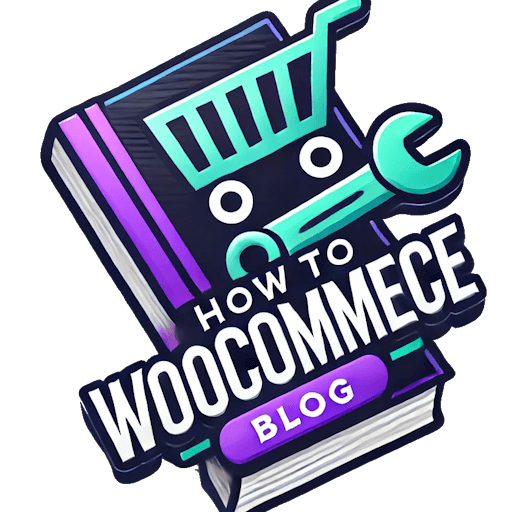# How to Edit WooCommerce PHP: A Beginner’s Guide
WooCommerce is a powerful e-commerce plugin for WordPress, but sometimes you need to go beyond its built-in features. This guide will walk you through the basics of editing WooCommerce’s PHP files, focusing on safety and best practices. Never edit core WooCommerce files directly. Instead, use child themes and custom functions. This ensures your edits aren’t overwritten during updates.
Understanding the Risks
Before Explore this article on How To Add Multiple Currency In Woocommerce diving in, it’s crucial to understand the risks involved. Incorrectly editing PHP files can break your website. Always back up your website before making any changes. This allows you to revert to a working version if something goes wrong. A good hosting provider usually offers easy ways to back up your site.
Method 1: Using a Child Theme (Recommended)
This is the safest and most recommended method. A child theme inherits the styles and functionality of your parent theme (the theme you’re currently using) but allows you to make custom changes without affecting the parent. If you update your parent theme, your customizations remain intact.
Creating a Child Theme
1. Create a new folder: In your `/wp-content/themes/` directory, create a new folder. Name it something descriptive, like `my-woocommerce-child`.
2. Create `style.css`: Inside the `my-woocommerce-child` folder, create a file named `style.css`. Add the following code, replacing `My WooCommerce Child` and `Your Theme Name` with appropriate names:
/*
Theme Name: My WooCommerce Child
Template: Your Theme Name // Replace with your parent theme’s name
*/
3. Create `functions.php`: This is where we’ll add our custom PHP code. Create a file named `functions.php` in the same folder.
Adding Custom Code
Now, let’s say you want to change the “Add to Cart” text. You can’t directly edit WooCommerce’s core files. Instead, you’ll use a filter in your `functions.php` file:
<?php /**
- Change "Add to Cart" text. */ function custom_add_to_cart_text( $text ) { if ( is_cart() ) return $text; return __( 'Buy Now!', 'my-woocommerce-child' ); // 'my-woocommerce-child' is the text domain. You need this for translation. } add_filter( 'woocommerce_product_single_add_to_cart_text', 'custom_add_to_cart_text' ); ?>
- White Screen of Death: This usually indicates a fatal PHP error. Check your `error_log` file (usually found in Explore this article on How To Re-Install Missing Woocommerce Shop Pages your server’s Check out this post: How To Set Up A Woocommerce Website logs) for details. Correcting syntax errors is crucial.
- Unexpected Behavior: Double-check your code for typos, missing semicolons, and incorrect function names. Consult the WooCommerce documentation for the correct hook names and parameters.
- Conflicts: If your changes Learn more about How To Export User Data From Woocommerce conflict with other plugins or themes, try disabling other plugins temporarily to isolate the problem.
This code uses the `woocommerce_product_single_add_to_cart_text` filter. It replaces “Add to Cart” with “Buy Now!” on single product pages.
Method 2: Using a Custom Plugin (Advanced)
For more complex changes or if you want to reuse your code across multiple sites, creating a custom plugin is a better approach. This involves creating a plugin folder with specific file structure and registering actions and filters. This is beyond the scope of a beginner’s guide, but you can find many resources online detailing plugin development.
Troubleshooting
Conclusion
Editing WooCommerce PHP requires caution and a solid understanding of PHP. Always back up your website, use child themes or custom plugins, and test your changes thoroughly before deploying them to a live site. Start with small, manageable changes, and gradually increase the complexity as you gain confidence. Remember to consult the WooCommerce documentation and online resources for help.

